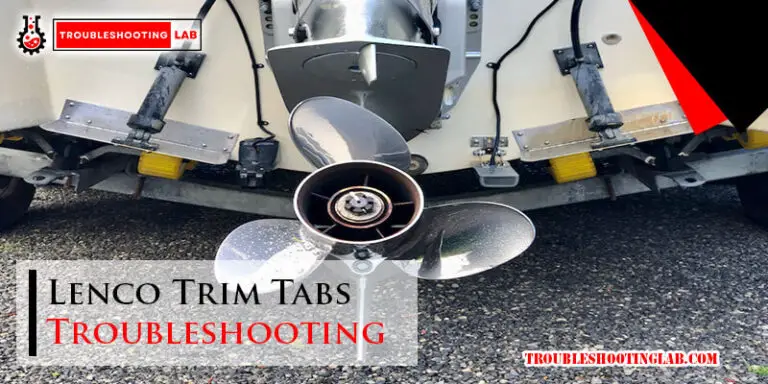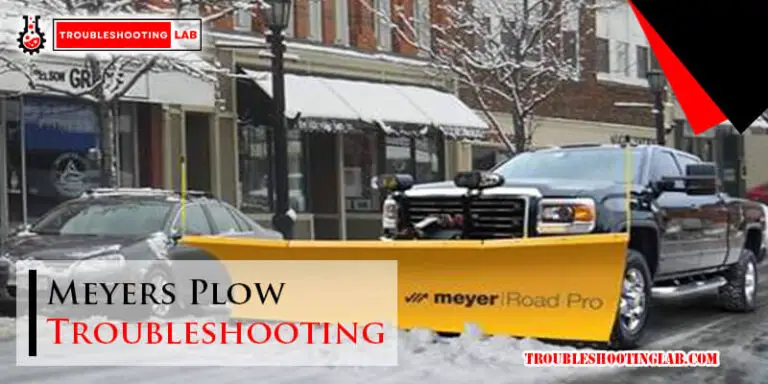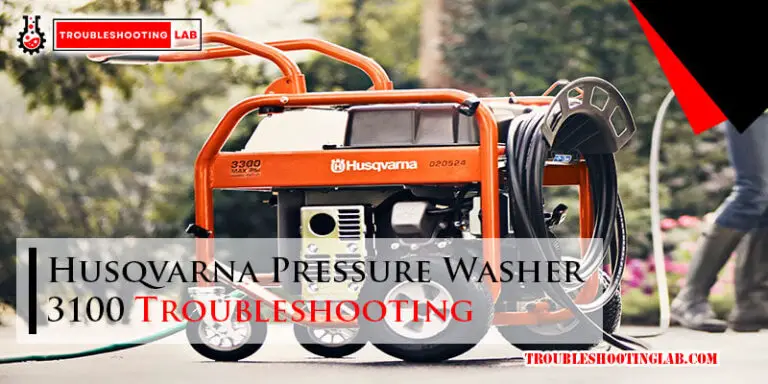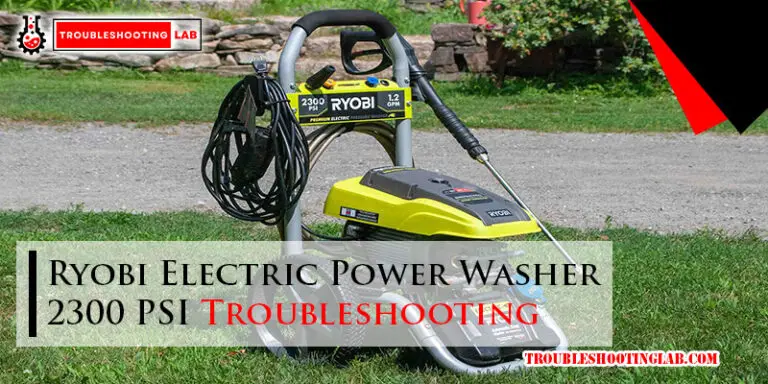Patio Heater Troubleshooting: Quick Fixes for Common Issues
Patio heaters keep outdoor spaces warm and cozy. But, like all devices, they can sometimes malfunction.
Is your patio heater not working as it should? Don’t worry. This guide will help you identify and fix common issues. Patio heaters can face problems like not igniting, low heat output, or sudden shut-offs. These issues can disrupt your outdoor gatherings.
Understanding how to troubleshoot these problems can save you time and money. With a few simple steps, you can often get your heater back in working order. Let’s explore how to diagnose and fix these common patio heater problems. Stay warm and enjoy your outdoor space all year round.
Identifying Common Patio Heater Problems
Troubleshooting patio heaters often involves identifying common issues like uneven heating, ignition problems, and gas supply interruptions. Simple checks can resolve many of these problems, ensuring your heater works efficiently.
Patio heaters offer warmth and comfort during cool evenings. Yet, they sometimes face issues. Identifying these problems ensures your heater works efficiently. Here, we explore common patio heater problems.No Heat Output
A common issue is no heat output. First, check the gas supply. Ensure the gas tank is full and the valve is open. Next, inspect the ignition system. The igniter may need cleaning or replacement. Also, examine the thermocouple. It should be positioned correctly. If these steps fail, the regulator might be faulty. Replace the regulator if needed.Uneven Heating
Uneven heating often results from blocked burners. Clean the burner ports with a brush. Ensure there are no obstructions. Another cause is a damaged reflector. The reflector directs heat. Replace it if it’s warped or dirty. Also, check the gas flow. Make sure it is consistent. Adjust the burner settings if necessary. Finally, inspect the pilot light. It should be steady and blue. Any flickering indicates a problem. Addressing these common issues ensures your patio heater works well. Enjoy a warm and cozy outdoor space. “`
Credit: www.reddit.com
Checking The Fuel Supply
Patio heaters are a great way to enjoy outdoor spaces year-round. But sometimes, they don’t work correctly. One common issue is fuel supply problems. Below, we’ll explore how to check the fuel supply for both propane and natural gas patio heaters.
Propane Heaters
Propane heaters are popular because they are portable and easy to use. But they can face fuel supply issues.
- Check the propane tank: Ensure the tank is not empty. Shake it gently to feel if there’s fuel inside.
- Inspect the connections: Make sure the connections between the tank and the heater are tight. Loose connections can cause leaks.
- Look for leaks: Apply soapy water to the connections. Bubbles indicate a leak. Tighten connections or replace parts if needed.
- Examine the regulator: Regulators control the flow of propane. A faulty regulator can prevent your heater from working. Replace if necessary.
Natural Gas Heaters
Natural gas heaters are convenient for permanent installations. But they can also have fuel supply issues.
- Check the gas line: Ensure the main gas valve is open. This allows the gas to flow to the heater.
- Inspect for blockages: Dirt or debris can block the gas line. Clean the line to ensure smooth gas flow.
- Look for leaks: Use soapy water to check for leaks in the gas line. Bubbles indicate a leak. Tighten connections or call a professional for repairs.
- Verify the pressure: Gas pressure should match the heater’s requirements. Use a manometer to check the pressure. Adjust if necessary.
Keeping your patio heater’s fuel supply in check ensures it operates efficiently. Proper maintenance prevents common issues, making your outdoor experience enjoyable.
Inspecting The Ignition System
Inspecting the ignition system of your patio heater is crucial for proper functioning. The ignition system lights the heater. Problems here can prevent the heater from starting. This section will cover two main types of ignition systems: electronic and manual.
Electronic Ignition
Electronic ignition systems are common in modern patio heaters. These systems use a spark to light the fuel. Begin by checking the battery. A weak or dead battery can cause ignition failure. Replace the battery if needed.
Next, inspect the ignition wire. Look for any visible damage. Ensure it is securely connected. A loose wire can disrupt the spark. Clean the electrode with a soft brush. Dirt or debris can block the spark.
Finally, listen for the clicking sound. This indicates the spark is functioning. If there is no sound, the ignition module might be faulty. Consider consulting a professional if the issue persists.
Manual Ignition
Manual ignition systems are simpler but require more effort. These systems use a knob to release gas and a striker to ignite. First, check the gas supply. Ensure the valve is open and gas is flowing.
Inspect the striker mechanism. Press the striker and listen for a clicking sound. If there is no click, the striker may need replacement. Clean the area around the burner. Debris can block the gas flow.
Finally, try lighting the heater manually with a match. If it lights, the issue may be with the striker. Always exercise caution when lighting manually to avoid burns or accidents.
Cleaning The Burner
Patio heaters are essential for outdoor comfort, but they need regular maintenance. Cleaning the burner is a crucial part of this maintenance. A clean burner ensures efficient operation and safety. This section will guide you through cleaning the burner.
Removing Debris
Start by turning off the heater and letting it cool. Safety first. Next, remove the burner cover. Use a soft brush to clear away visible debris. Focus on the burner ports. Debris can block these ports, leading to poor performance.
Compressed air can help. Blow out stubborn debris. Be gentle to avoid damage. Check the burner for any remaining particles. Repeat the process if necessary.
Burner Maintenance Tips
Regular cleaning is key. Aim to clean the burner at least once a month. Inspect the burner for rust or damage. Replace any faulty parts immediately. This prevents further issues.
Store your patio heater in a dry place. Moisture can cause rust. Cover the heater when not in use. This keeps debris and moisture away.
Check the gas supply and connections. Ensure there are no leaks. A well-maintained burner ensures a warm and safe patio experience.
Thermocouple Issues
Patio heaters are a great way to extend your outdoor season. But they sometimes face issues, such as problems with the thermocouple. The thermocouple is a critical part of your patio heater. It ensures the pilot light stays on. If the thermocouple is faulty, your heater might not work properly. Let’s explore how to troubleshoot and resolve thermocouple issues.
Testing The Thermocouple
Before replacing the thermocouple, test it to confirm it’s faulty. Follow these steps to test the thermocouple:
- Turn off the heater and let it cool.
- Locate the thermocouple near the pilot light.
- Use a multimeter to measure the voltage.
- Set the multimeter to the lowest voltage setting.
- Touch the red lead to the thermocouple’s end and the black lead to the thermocouple’s base.
- Light the pilot and hold the control knob down.
- Check the reading on the multimeter. It should be between 25 and 30 millivolts.
If the reading is below 25 millivolts, the thermocouple is likely faulty. It needs replacement.
Replacing The Thermocouple
Replacing the thermocouple is straightforward. Follow these steps to replace it:
- Turn off the gas supply to the heater.
- Unscrew the thermocouple from the pilot assembly.
- Remove the old thermocouple.
- Install the new thermocouple in the same position.
- Screw it back into the pilot assembly.
- Turn on the gas supply.
- Light the pilot and test the heater.
Once replaced, your patio heater should work properly. Always ensure you use a compatible thermocouple for your specific heater model.

Credit: www.youtube.com
Pilot Light Problems
Patio heaters are great for extending outdoor fun into cooler evenings. But sometimes, the pilot light can cause trouble. This small flame is key to starting your heater. If the pilot light goes out or won’t stay lit, your heater won’t work.
Understanding and troubleshooting pilot light problems is essential. In this section, we’ll cover two common issues: relighting the pilot and dealing with a pilot light that won’t stay lit. These steps can help you keep your patio heater running smoothly.
Relighting The Pilot
First, make sure the gas supply is on. Check for any blockages in the gas line. Turn the gas control knob to the “Pilot” position. Press and hold the knob down. Use a lighter to ignite the pilot light. Keep holding the knob for 30 seconds. Release the knob slowly. The pilot light should stay lit.
If the pilot light doesn’t ignite, repeat the steps. Ensure the lighter is working properly. Check for drafts that might blow out the flame. If it still doesn’t light, the gas line may be clogged. Seek professional help if needed.
Pilot Light Won’t Stay Lit
A pilot light that won’t stay lit is frustrating. This can be due to several reasons. One common cause is a dirty pilot tube. Dust or debris can block the gas flow. Clean the tube with a small brush or compressed air.
Another cause could be a faulty thermocouple. This device senses the pilot flame. If it’s broken, it won’t keep the gas valve open. Replace the thermocouple if needed. Ensure the thermocouple is properly aligned with the flame.
Lastly, check for gas leaks. A leak can prevent the pilot from staying lit. Use a soap solution to check for bubbles around connections. If you find a leak, turn off the gas and fix the connection.
Regulator And Hose Troubles
Patio heaters are perfect for extending your outdoor enjoyment. Yet, they can sometimes face issues. One common problem involves the regulator and hose. These components control gas flow and ensure safety. Troubles with them can hinder your heater’s performance. Let’s dive into how to inspect and troubleshoot these parts.
Inspecting The Regulator
The regulator controls the gas pressure to your patio heater. A faulty regulator can lead to low flame or no flame. Start by turning off the gas supply. Disconnect the regulator from the propane tank.
Check for any visible damage. Look for cracks or wear. A damaged regulator must be replaced. Next, reconnect the regulator to the propane tank. Ensure it is tight and secure. Open the gas valve slowly. Listen for any unusual hissing sounds. This can indicate a gas leak.
| Step | Action |
|---|---|
| 1 | Turn off gas supply |
| 2 | Disconnect regulator |
| 3 | Inspect for damage |
| 4 | Reconnect and test |
Checking The Hose
The hose delivers gas from the tank to the heater. A damaged hose can cause leaks and poor performance. First, turn off the gas supply. Disconnect the hose from both the tank and the heater.
Inspect the entire length of the hose. Look for cracks, holes, or wear. If you find any damage, replace the hose immediately. Reconnect the hose securely. Turn on the gas and check for leaks. Apply soapy water to the hose and connections. Bubbles indicate a leak.
- Turn off gas supply
- Disconnect hose
- Inspect for damage
- Reconnect and check for leaks
Regular Maintenance Tips
Regular maintenance ensures your patio heater works efficiently all year round. Simple steps can keep your heater in top condition and extend its lifespan. Follow these tips for a well-maintained patio heater.
Routine Inspections
Regular inspections are crucial for maintaining your patio heater. Start by checking the burner for any blockages. Clean it using a soft brush or compressed air.
- Inspect the gas hose for cracks or wear. Replace if damaged.
- Check the ignition system. Ensure it sparks properly.
- Examine the reflector for dents or damage. A damaged reflector can affect heat distribution.
Perform these inspections monthly during heavy use periods.
Seasonal Storage
Proper storage during off-seasons prevents damage and ensures readiness for the next use. Follow these steps for seasonal storage:
- Turn off the gas supply. Disconnect the gas tank.
- Clean the heater thoroughly. Remove any debris or dirt.
- Cover the heater with a waterproof cover. Store in a dry place.
- Check the hose and connections before storing. Replace any damaged parts.
These steps will keep your heater in good condition for the next season.

Credit: azpatioheaters.com
Frequently Asked Questions
How Do I Fix My Patio Heater Not Igniting?
Check the gas supply and connections. Clean the ignition system. Replace the igniter if necessary.
Why Does My Patio Heater Keep Turning Off?
Ensure proper gas flow. Check for blockages. Clean the burner and thermocouple. Replace faulty parts if needed.
What Causes A Patio Heater To Have Low Flame?
Inspect the gas supply. Clean the burner holes. Adjust the gas regulator. Replace damaged components.
How Do I Clean My Patio Heater Burner?
Turn off the gas. Remove the burner. Use a brush to clean debris. Reassemble carefully.
Why Is My Patio Heater Making A Humming Noise?
Check for loose parts. Tighten connections. Clean the burner. Replace the regulator if the noise persists.
Conclusion
Fixing patio heater issues can be straightforward. Start by identifying the problem. Check the gas supply and connections. Clean the heater regularly to prevent clogs. Follow the manufacturer’s instructions closely. Safety should always be your top priority. If problems persist, consider professional help.
Keep your patio heater in good condition for enjoyable outdoor warmth. Thank you for reading. Stay warm and safe!






